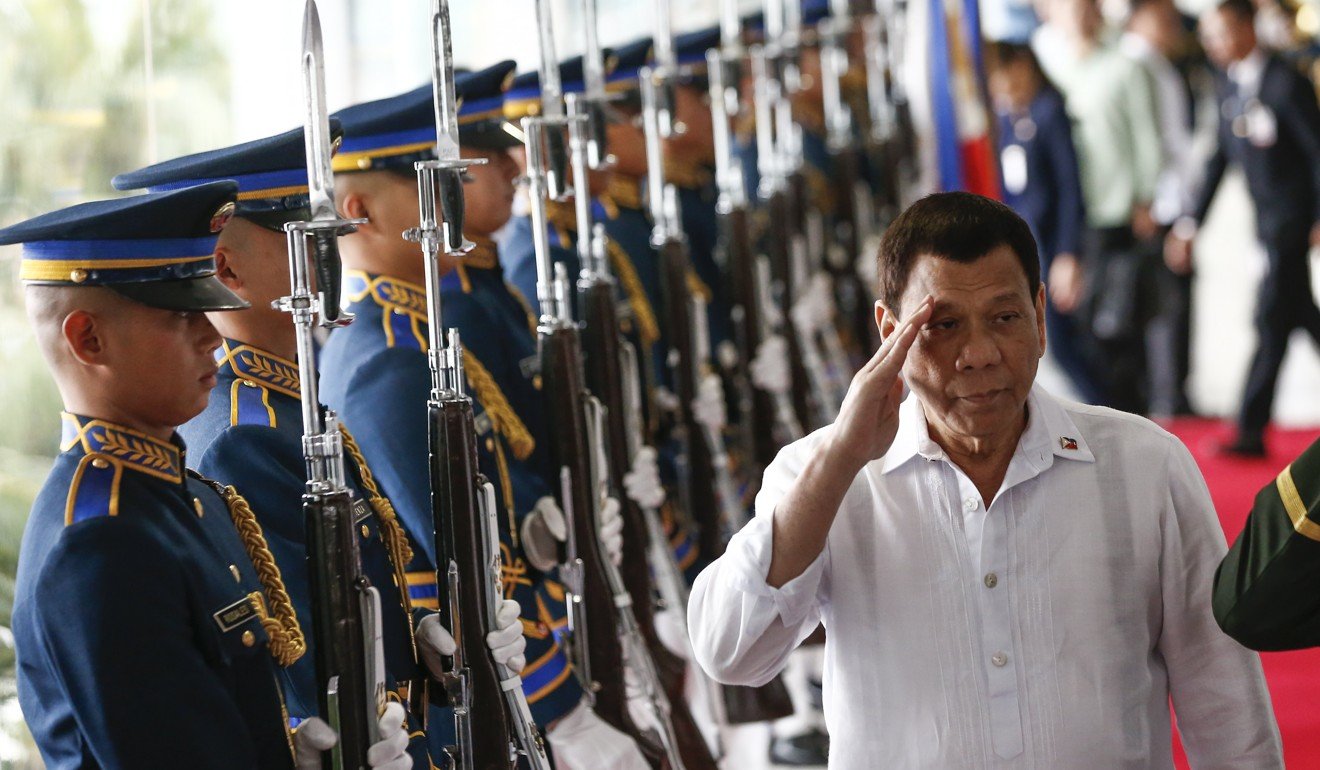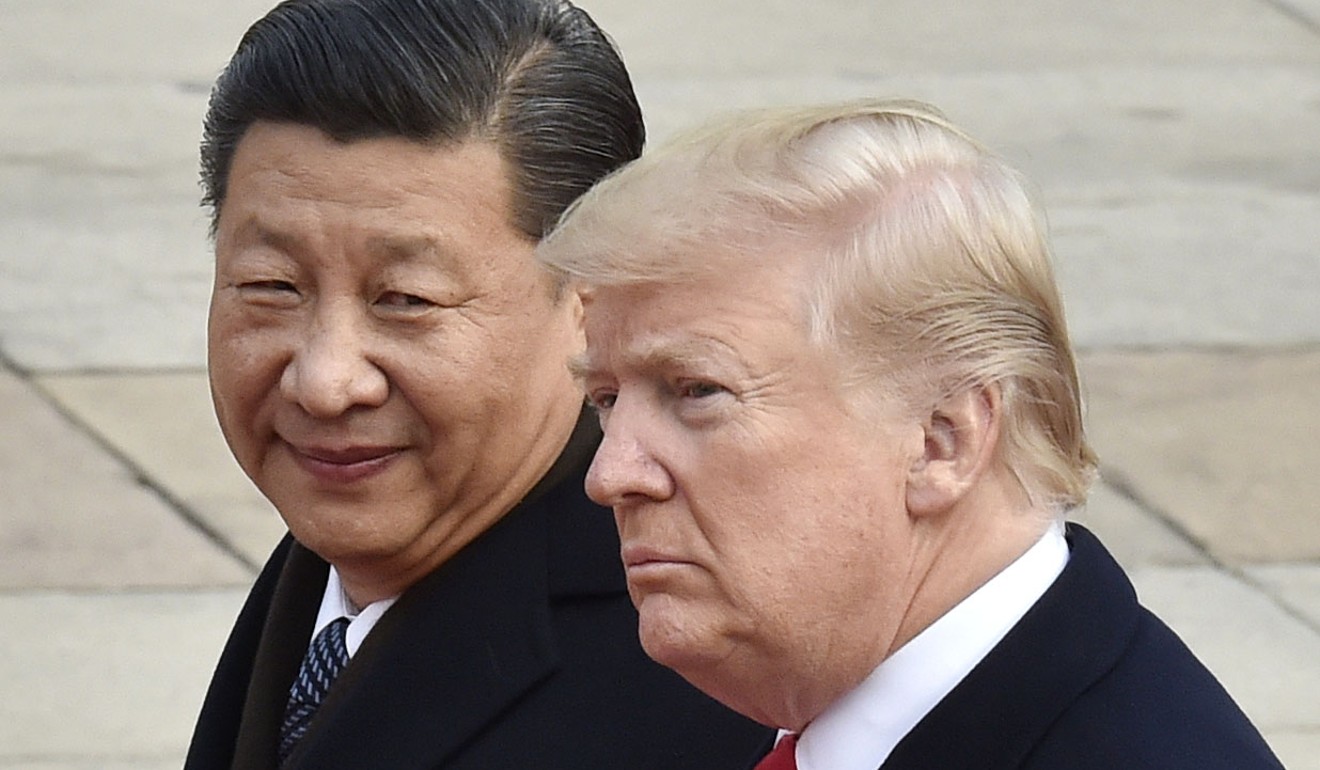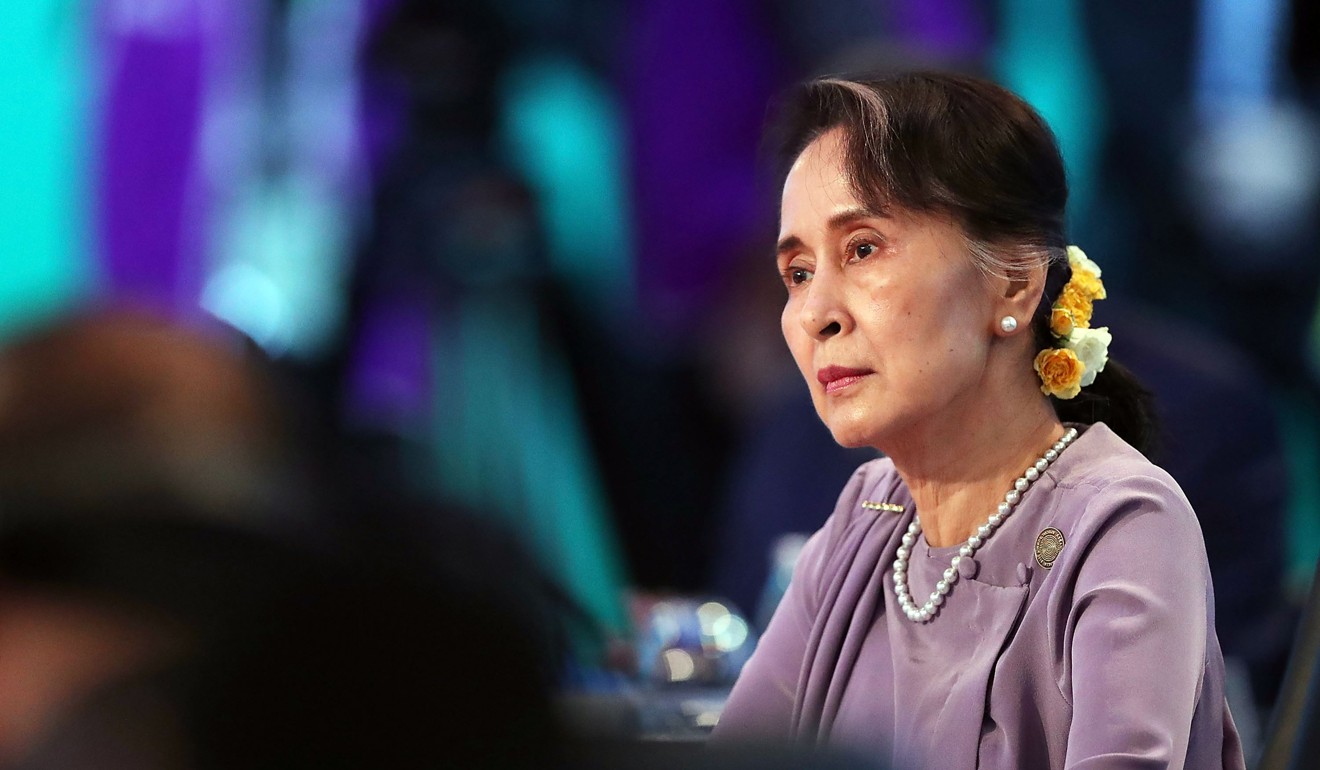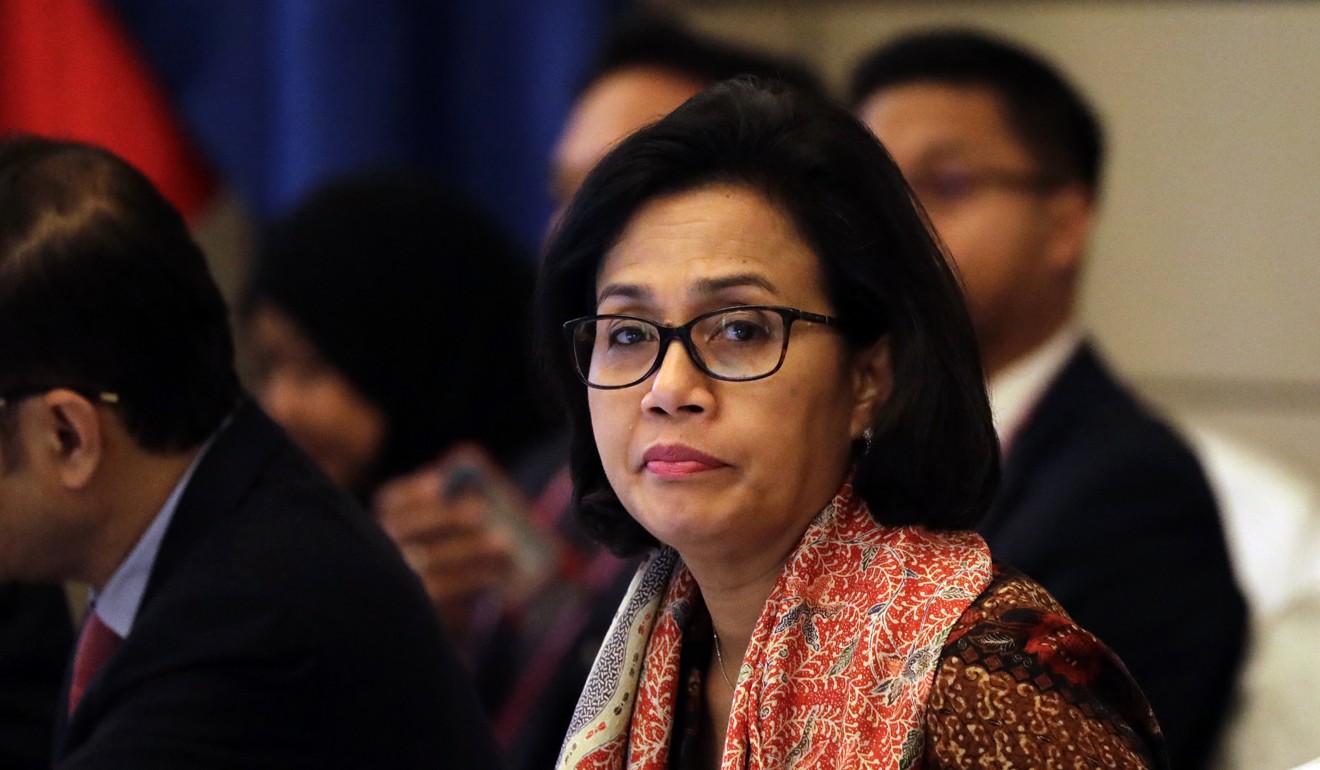
Asean and the art of living with China
Southeast Asian nations have a long history of somehow letting China lead the way without getting pushed around. Those geopolitical skills are likely to come in handy once again
The unity of the Association of Southeast Asian Nations (Asean) was shaken after the International Tribunal of the Law of the Sea delivered its judgment on the South China Sea maritime claims in July 2016. When the Philippines took China to the tribunal for compulsory arbitration in January 2013, it did not consult the association beforehand; it knew Asean would not have supported the action. When the award was made, Asean countries had no common stance and were badly split. All came under pressure from the US and China to take opposite sides.

The people of Southeast Asia have seen the rise of China several times before, and are girding themselves for a yet another cycle. No Asean country wants China as an enemy.
The unconventional behaviour of Trump is troubling and forcing a recalculation among Southeast Asian countries. Everyone is coming to the conclusion that Trump’s approach to foreign policy is largely transactional; political and trade issues are all to be negotiated as part of a deal which may be only for the moment.

What is more enduring of course is the US military presence in the western Pacific represented by the US Pacific Command. In the last few months, the US has explicitly identified both China and Russia as major revisionist powers. The US military has received the largest budget in history according to US Defence Secretary James Mattis, and it is shifting more forces to the Pacific.
The US is openly encouraging Asean countries to stand up to China. They, in turn, want US military forces to remain to help stabilise the region, but they shudder at the thought of confrontation between the US and China. They are happy to work with the US on freedom of navigation (which China also supports), but shy away from the often-unstated US objective of bottling China’s maritime forces within the first island chain.
Asean and China have moved on – didn’t Vietnam get the memo?
No Asean country wants to choose between China and the US, nor do they want China as an enemy. And, to the extent that the US does not force a choice, everyone wants the US as a friend. Each sees China as its fast-growing economic partner, which it is happy with but also wants to diversify from. The closer a country is to China, the more that country welcomes non-Chinese trade and investment. Beijing understands this dynamic and has made clear that it does not require any Asean country to weaken its economic links to other countries.
I remember Premier Zhu Rongji’s remarks when the framework agreement for free trade between Asean and China was signed in Phnom Penh in 2002. Zhu said that China did not seek for itself an exclusive position in Asean. Beijing’s conception of the Asian Infrastructure Investment Bank and the Belt and Road Initiative is of an open architecture to which no country is excluded.

There is little danger that Asean will ever be in Beijing’s pocket. Vietnam has had a complex love-hate relationship with China over many centuries. That will never change. Laos and Cambodia are surrounded by larger countries and suffered horribly when the Mekong River divided two worlds. Their deep instinct is to maintain an external balance – so, too, Myanmar, which is both China and India’s neighbour.
The Philippines love-hate relationship with the US will also never change, Duterte notwithstanding. For Muslim Southeast Asia (Malaysia, Brunei and Indonesia), there is always a “Chinese problem” because their ethnic Chinese minority populations complicate relations.
Being three-quarters ethnic Chinese, Singapore is hypersensitive to all these forces at play and, being tiny, the most dependent on regional peace and the freedom of navigation.
Asean turns 50? Wake me when it’s over
In an earlier period of Chinese ascendancy, the Malacca sultanate paid tribute to Ming China and in return it received Ming protection and prospered from the China trade. The leaders of Malacca did not bow to China in their minds, however.
In the Malay Annals, which offers a romanticised history of Malacca, one sultan sent an obsequious letter to the Chinese Emperor who delighted in its subservient tone. Shortly afterwards, the Emperor developed an incurable itch and was told that he was being punished for his arrogance. Court physicians advised that there was no cure except to drink from the foot bath of the Malacca sultan. Accordingly, an emissary was sent to plead from the sultan for his used foot bath water which he generously provided. The Emperor drank from it whereupon he was cured and vowed never again to patronise the Malacca sultan. Thereafter, the relationship between China and Malacca was that of equals.

Similarly, Asean leaders show respect and a degree of deference to the major powers but, in their minds, none is fully to be trusted and all of them have to be kept in some kind of balance to one another. The key for Asean is its internal unity. Asean operates not by majority vote but by consensus. Decision-making tends not to be linear but elliptical which may be frustratingly slow to an external observer.
After 50 years, does Asean still matter?
Compared to five or 10 years ago, however, Asean has made great strides. It is certainly the most successful regional grouping in the developing world. The economies of Asean are becoming more integrated as physical connections improve, spurred on by multinationals which distribute their investments across different countries in order to maximise comparative advantages. More importantly, the sense of common Asean citizenship has grown. With the increasing possibility of a trade war between the US and China, many companies are considering relocating or diversifying their investments into Asean countries.

After the chastening experience two years ago when Asean unity was shaken, there is renewed determination to raft together in waters which can only get choppier. When Asean leaders meet in Singapore this month to discuss regional and international issues, they will be re-triangulating their collective position in order to factor in changes in the external power balance. Like a tai chi master, Asean does this by subtle shifting of weight so that it stays neutral and omnidirectional.
Such an Asean is in the interest of all major powers to support. As China becomes more expensive for manufacturing, Asean also has a chance to become a major factory for the world by welcoming investments from all quarters. A trade war between the US and China may accelerate this development.
George Yeo wrote this for the Brunswick Group based in Hong Kong and Singapore, where he serves as senior adviser for geopolitics

